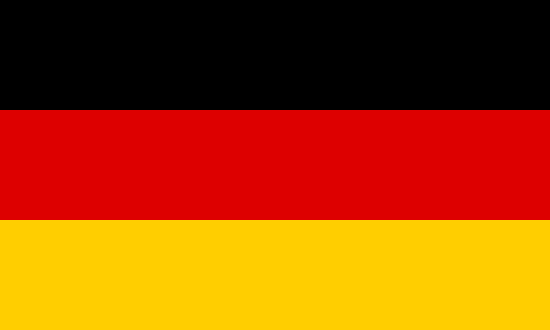"Goslar, die tausendjährige Kaiserstadt | Goslar, the thousand-year-old imperial city"
About:
Goslar, a historic town in Lower Saxony, Germany, was founded in the 10th century. Its prosperity was linked to the discovery of silver deposits in the nearby Rammelsberg mines. Goslar became an Imperial City in the 11th century and was a major center for the Holy Roman Empire. The town's well-preserved medieval architecture, including the Goslar Imperial Palace, has earned it UNESCO World Heritage status. Despite World War II damages, Goslar remains a significant cultural and tourism hub today.
When to visit:
Goslar, located in Lower Saxony, Germany, is a charming town that offers a delightful experience for visitors throughout the year. However, the best time to visit Goslar on holiday is during the spring and summer months, from April to September. During this time, the weather is mild and pleasant, making it ideal for exploring the town's historic streets and attractions. Additionally, many festivals and events take place during this period, adding to the vibrant atmosphere of Goslar.
When to avoid:
Goslar, located in the Harz Mountains of Germany, experiences its busiest and most crowded times during major holidays such as Christmas, Easter, and Oktoberfest. The influx of tourists during these peak periods can result in long lines at attractions, fully booked accommodations, and higher prices for flights and accommodations. Traveling during these times may also hinder the ability to fully immerse oneself in the local culture and experience the town's charm without the distractions of large crowds. For a more peaceful and authentic visit to Goslar, it is advisable to avoid traveling during these peak holiday periods.
Winter (Dec-Feb)
In Goslar, Germany, the coldest part of the year is from December to February with temperatures averaging -2°C to 3°C. Snowfall is common, turning the town into a winter wonderland. Days are short with about 2 hours of sunlight, while cloud cover is high. Rainfall is moderate, averaging 40mm per month. An average day for a visitor involves bundling up in warm clothing to explore the snow-covered medieval town, with opportunities for winter sports in the nearby Harz Mountains.
Summer (June-August)
In Goslar, Germany, the warmest part of the year is from June to August, with July being the peak month. During this period, temperatures typically range from 20°C (68°F) to 25°C (77°F). Rainfall is moderate, averaging about 60mm to 70mm per month, with slightly more rain in June.
The region experiences an average of 16 to 17 hours of daylight per day, giving plenty of sunlight for outdoor activities. However, it's worth noting that cloud cover is quite common, with partly cloudy or overcast conditions occurring about 50% of the time.
Humidity levels are generally moderate, typically around 60-70%. However, it can occasionally feel a bit muggy due to the combination of temperature and humidity.
A typical day for a visitor during this season would start with a mild morning, warming up to a pleasantly warm afternoon. There might be a light rain shower or two throughout the day, but these are usually brief and don't significantly impact outdoor activities. Evenings are mild and comfortable, perfect for enjoying a meal outside or taking a leisurely stroll around the city.
Language:
In Goslar, Germany, the most commonly spoken language is German. This is the official language of the country and is used in all aspects of daily life, including business, education, and media. Additionally, due to tourism and the city's diverse population, English and other European languages may also be spoken.




